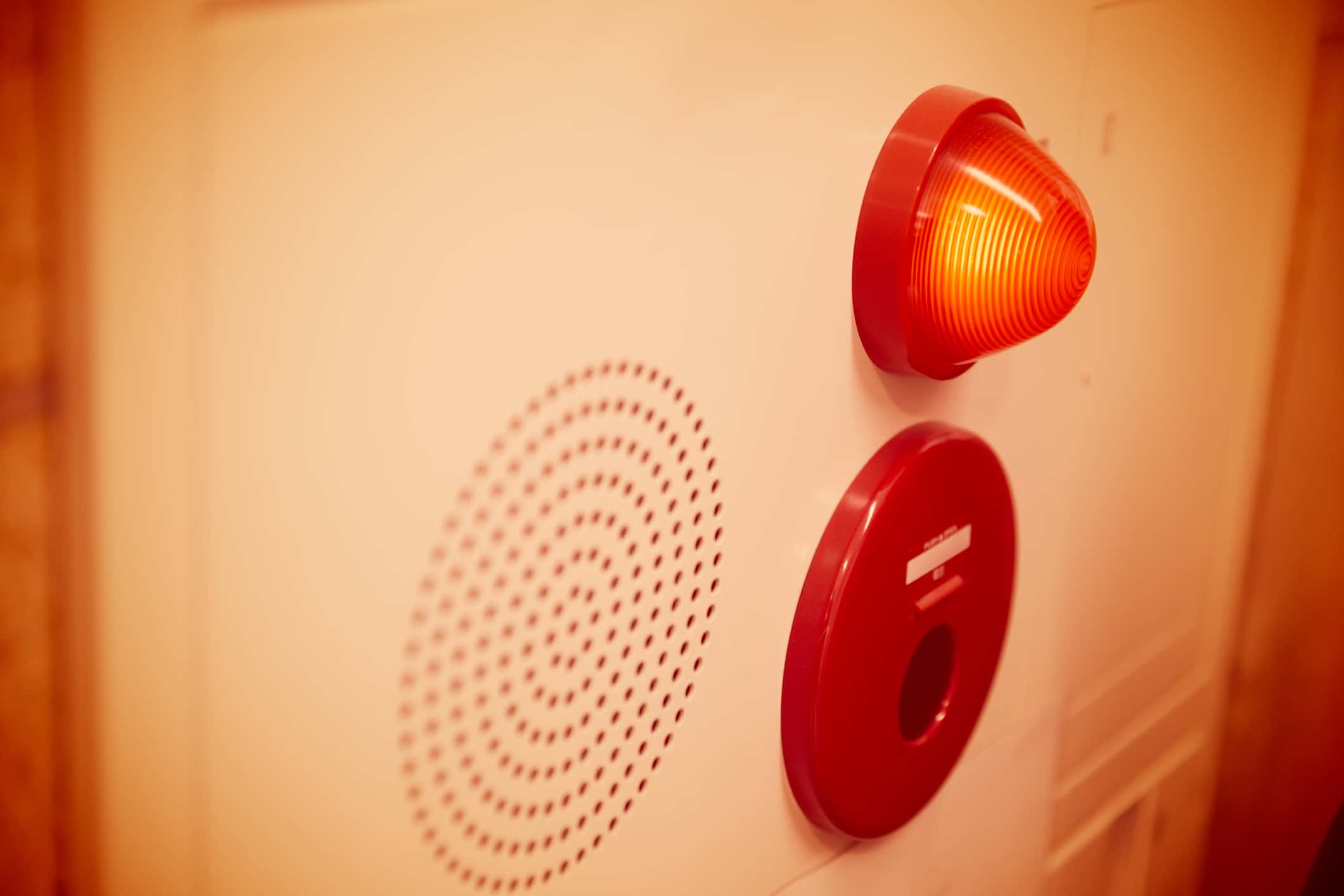Our Guide to Self-Contained Emergency Lighting
What is Self-Contained Emergency Lighting?
Self-contained emergency lighting is a standalone emergency lighting system, meaning each unit has its own built-in battery. These lights automatically activate during a power failure, ensuring safe evacuation routes in homes, workplaces, and public buildings.
Emergency lighting is a legal requirement in many properties under:
- The Regulatory Reform (Fire Safety) Order 2005
- BS 5266-1:2016 Emergency Lighting Code of Practice
For landlords, business owners, and homeowners in Sussex, self-contained emergency lighting is a cost-effective and easy-to-maintain option for compliance and safety.
How Does Self-Contained Emergency Lighting Work?
Each unit operates independently, meaning:
✅ No need for a central power supply – each light has a built-in battery.
✅ Activates automatically when mains power fails.
✅ Battery lasts for at least 3 hours (as required by UK regulations).
✅ Easier installation and lower costs than central battery systems.

Who Needs Self-Contained Emergency Lighting?
✔️ Landlords & HMOs – Required in communal stairwells, hallways, and escape routes.
✔️ Commercial Properties – Offices, warehouses, and shops must have compliant emergency lighting.
✔️ Shops, Restaurants & Hotels – Essential for safe customer and staff evacuation.
✔️ Care Homes & Hospitals – Ensures safety for vulnerable occupants.
✔️ Domestic Homes – Not a legal requirement, but useful for added safety, especially in larger properties.
Benefits of Self-Contained Emergency Lighting
Cost-Effective & Easy Installation
- No central control system needed, making it cheaper to install.
- Ideal for smaller buildings and businesses.
Independent Operation
- If one unit fails, others remain functional.
- No risk of full system failure, unlike central battery systems.
Lower Maintenance Costs
- Simple testing and replacement compared to larger central systems.
- Each unit can be tested individually.
Versatile Applications
- Works in new and existing buildings with minimal disruption.
- Available in maintained and non-maintained versions.
FAQs on Self-Contained Emergency Lighting
Is emergency lighting a legal requirement?
Yes, for commercial properties, HMOs, and public buildings. Landlords and businesses must comply with BS 5266-1:2016 and fire safety laws.
How often should emergency lighting be tested?
- Monthly: Quick functional test.
- Annually: Full-duration (3-hour) test by a qualified engineer.
How long do self-contained emergency lights last?
- Batteries last at least 3 years before needing replacement.
- The emergency function lasts 3 hours when in use.
Can I install self-contained emergency lighting myself?
No, it must be installed by a qualified electrician to ensure compliance with fire safety regulations.
What happens if my emergency lights fail the test?
Faulty emergency lighting must be repaired or replaced immediately to maintain compliance.
How J Fire Services Can Help in Sussex
J Fire Services provides expert self-contained emergency lighting solutions for domestic and commercial clients across Sussex, ensuring full compliance with fire safety regulations.
Services Include:
✔️ Installation of Self-Contained Emergency Lighting
✔️ Routine Testing & Compliance Checks
✔️ Upgrades & Battery Replacements
✔️ Fire Safety Consultation for Landlords & Businesses
J Fire Services works with landlords, businesses, and homeowners to deliver reliable, regulation-compliant emergency lighting solutions.
📞 Contact J Fire Services today at 01903 372103 for a free consultation and compliance check.
Emergency Lighting Compliance Checklist
✔️ Identify required areas for emergency lighting (exit routes, stairwells, communal areas).
✔️ Choose self-contained emergency lighting for cost-effective installation.
✔️ Ensure installation is carried out by a qualified professional.
✔️ Perform monthly & annual tests.
✔️ Keep records of tests and maintenance.
✔️ Upgrade or replace faulty units immediately.
